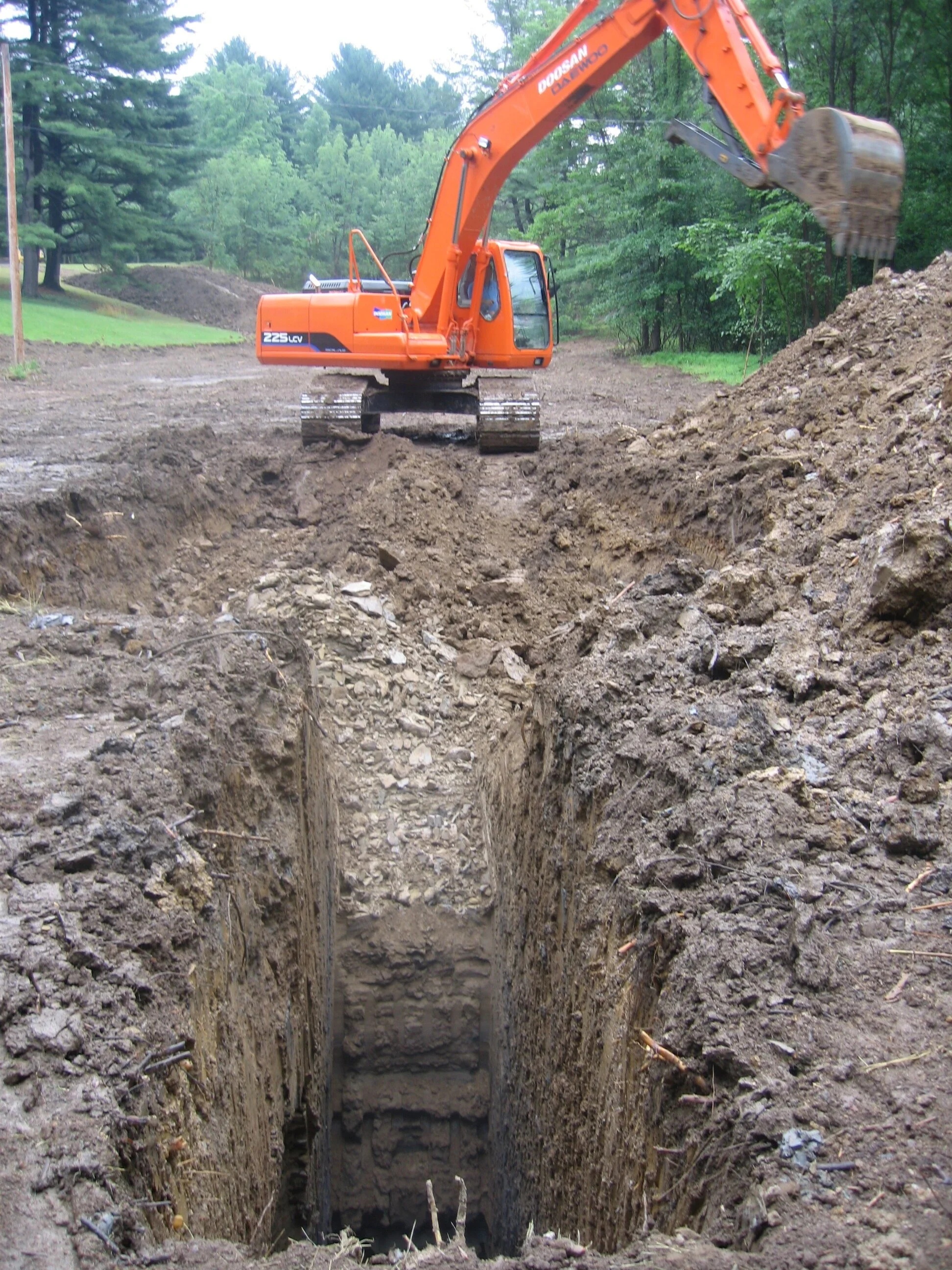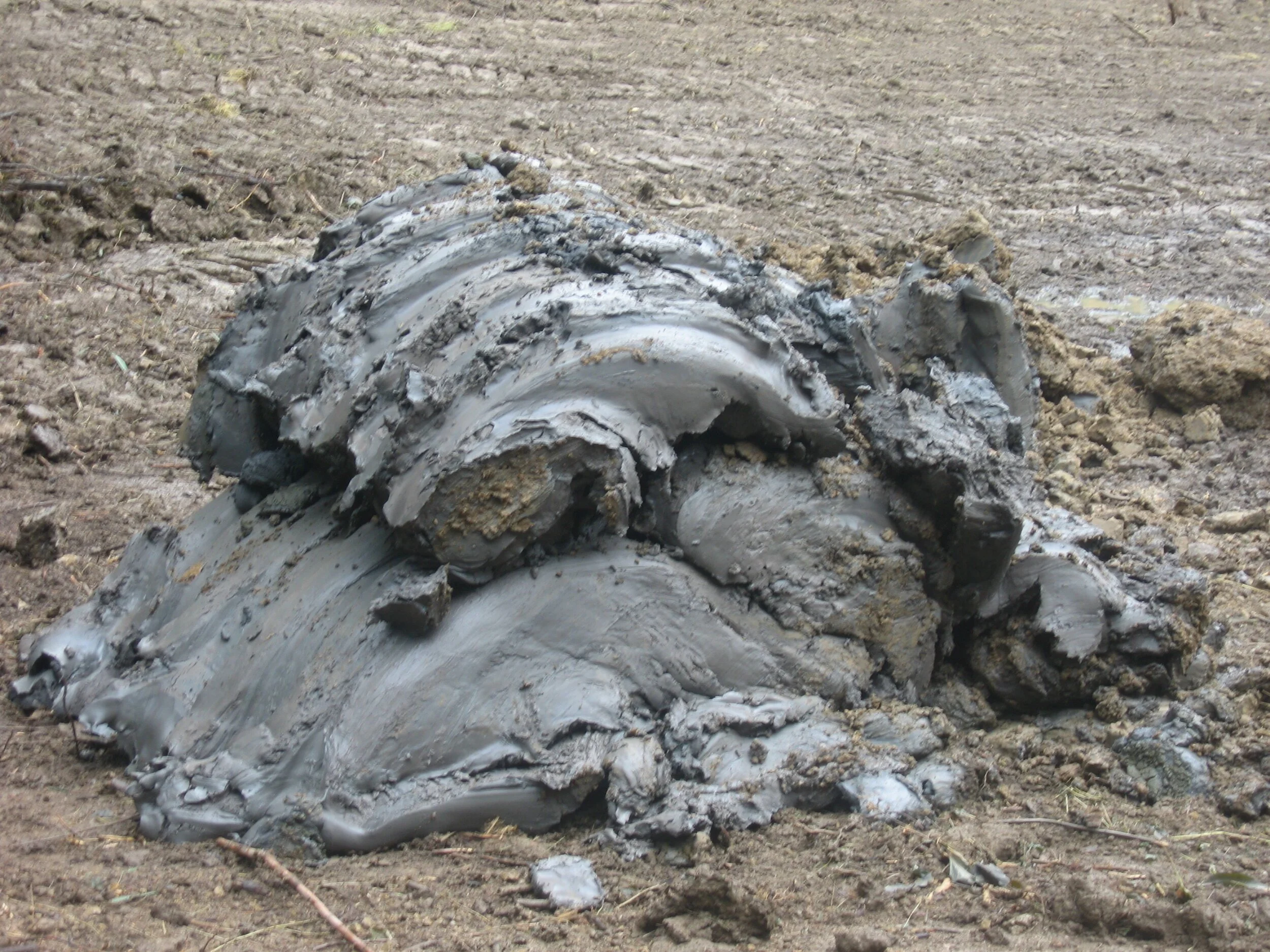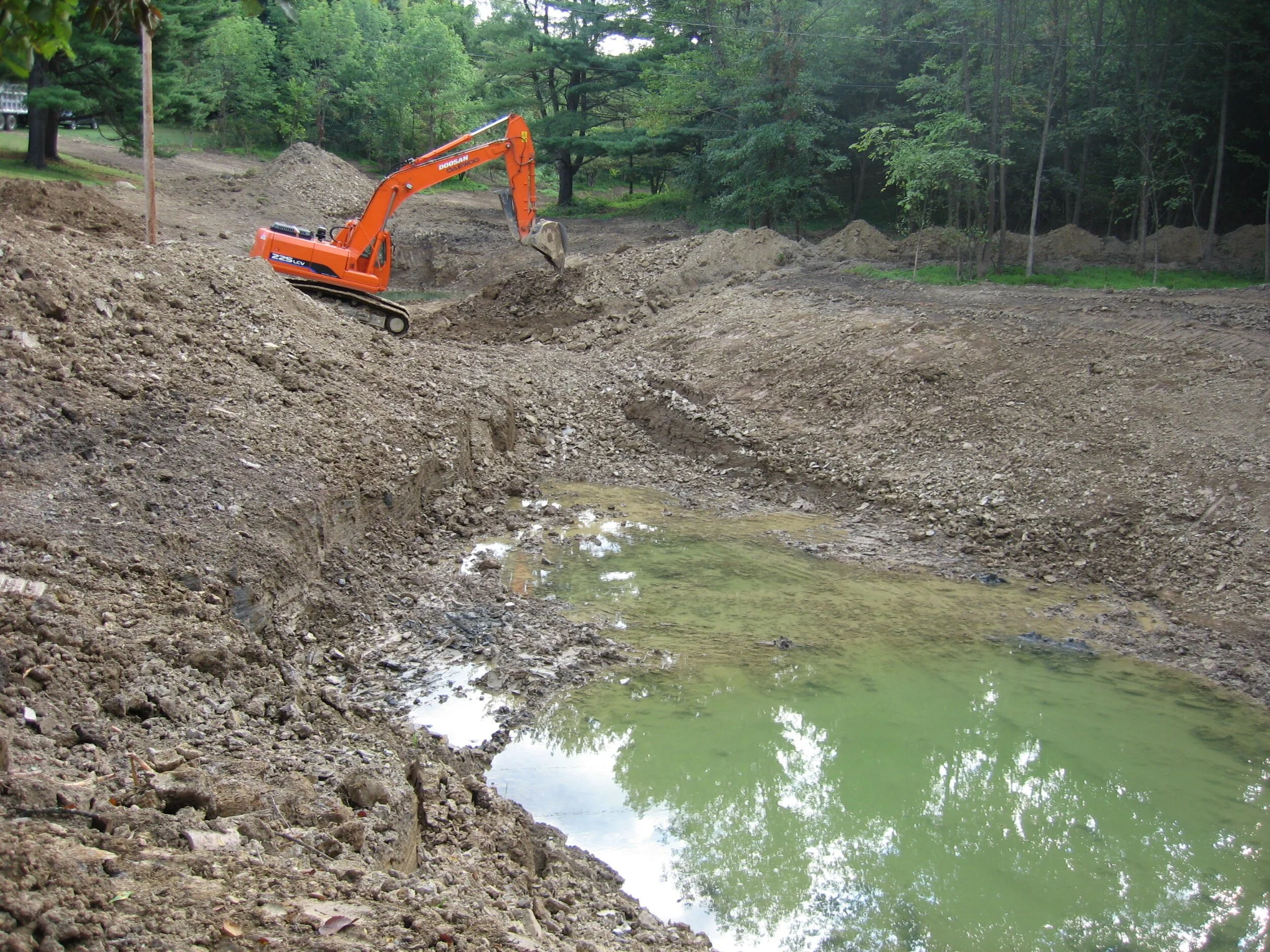the ponds (are also bowls)
The term Land Art is an expression coined by the American artist Robert Smithson to define an artistic movement that moved art from the studio, gallery and museum, outside into the natural world. Freed as such and without the boundaries of architecture, one could use materials readily found within the natural environment: the sun, the earth, water, rain, and all the visible stars above as well as employing natural occurring processes - decay, oxidation, erosion and entropy - to make art. It was no longer about representing the landscape, but about the landscape itself.
”Bodies of water have always given me a simultaneous feeling of comfort and terror. Terror, because I am a poor swimmer and afraid of drowning, which I almost did when I was 10 yrs old. Comfort, because without being around bodies of water, I feel incomplete.
My earliest memories are of looking in the well my grandfather and father dug by hand in the garden of our ancestral home, so we could have water for drinking, irrigation, and cooling food during the summer’s scorching southern Italian sun. The mirror-like dark water’s surface, held by the cylindrical stone-lined wall of the well, was full of danger, yet its reflective nature was also full of wonder. In this illusory space, I watched the reflection of the sun, sky, and moon move across the surface, while seeing myself still among them. Its depth was uncertain and could easily be endless.
Decades later, after spending the first four seasons closely observing the newly acquired land, I set out to make my first large scale earth work and created what is now a natural ecosystem full of life in balance. It is a system of three interconnected vessels (like the bowls I was making in the studio) carved into the clay soil and designed to hold and naturally filter rainwater that can sustain a diverse population of indigenous organisms, both flora and fauna. A place where man-made meets nature and co-existed, allowing viewers to witness the relationship grow, year after year.
The completed project measures 750 feet long, 100 feet wide, and is 30 feet deep (228 X 30 X 10 meters).”









